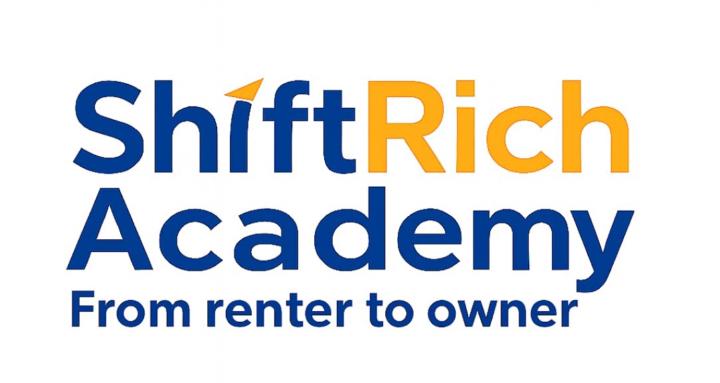Aug 17 • 👋 Thomas Q&A
How do LLC owners pay themselves?
LC owners primarily pay themselves through what is called an owner's draw or owner's distribution. This method is crucial for maintaining a clear separation between personal and business finances, which helps prevent legal issues related to co-mingling funds.
Here's a detailed breakdown of how LLC owners pay themselves:
• Understanding an Owner's Draw: An owner's draw involves the business owner withdrawing money from the business's bank account and transferring it to their personal account for personal use. Unlike a traditional employee salary, LLC owners do not have to pay themselves a set salary; they have the flexibility to decide the intervals and amounts of these distributions, and they do not have to be even or fixed.
• Steps to Take an Owner's Draw:
1. Obtain an EIN (Employer Identification Number): This is a nine-digit number assigned by the IRS to track your business for tax purposes. You can apply for an EIN directly on the IRS website.
2. Set Up a Business Bank Account: This is a critical step for getting paid and separating funds. The business bank account should be linked to your EIN, not your Social Security Number. All money earned by your business should be deposited into this account.
3. Make Your Owner's Draw: Once your business has made money, you can transfer the desired amount from your business bank account to your personal checking account. This can be done via a check, bank transfer, or cash, with checks or bank transfers recommended for a better paper trail.
4. Record-Keeping: It is crucial to keep proper records of every draw, including the date, amount, and purpose, for your bookkeeping records.
• Important Financial Considerations and Cautions:
◦ Don't Withdraw Too Much Too Soon: A common mistake for new business owners is withdrawing too much money too quickly. It's essential to ensure enough money remains in the business account to cover all business expenses, especially taxes.
◦ Self-Employment Tax: If you are new to self-employment, be aware that you will generally need to pay a 15.3% self-employment tax on top of your regular income taxes. This self-employment tax covers your Social Security (12.4%) and Medicare (2.9%) taxes.
◦ Leave Breathing Room: Always leave extra funds in your business account for unexpected expenses, such as a broken business laptop or additional advertising costs.
• Taxation as a Pass-Through Entity:
◦ LLCs are considered pass-through entities for tax purposes. This means that the business's profits, losses, and tax obligations "pass through" directly to the owner.
◦ A significant advantage of this structure is that it avoids double taxation, where a business is taxed at the corporate level and then the owner is also taxed on their profits (as is the case with C corporations).
◦ The IRS will tax your LLC's profits regardless of whether the money remains in your business bank account or if you transfer it to yourself personally.
• Limited Liability Protection:
◦ A key benefit of an LLC is limited liability protection. This means that in the event of a lawsuit or business debts, typically only the business assets (like the business bank accounts or other assets owned by the business) are at risk, not your personal assets (such as your personal bank accounts or home).
• Transition to an S Corporation (S-Corp):
◦ As an LLC business becomes more profitable, many owners decide to switch to an S-Corp to mitigate their self-employment tax obligations.
◦ When operating as an S-Corp, the IRS requires the owner to pay themselves a "normal salary".
◦ Determining a "reasonable salary" depends on your profession, jurisdiction, and the net profit of the business. Taking a very high salary from an S-Corp might result in paying more in payroll taxes (Social Security and Medicare) which might not always be tax-efficient, unless needed for specific purposes like loan qualification. Services are available to help determine a reasonable compensation through audits.
This is not legal advice; please consult with an attorney and do your own due diligence. This is for educational purposes only.
0
0 comments

skool.com/shiftrich-academy-2627
Go from renter to owner in 6 months. No savings, no credit, no guesswork—just a proven system, tools, and coaching.
Powered by
